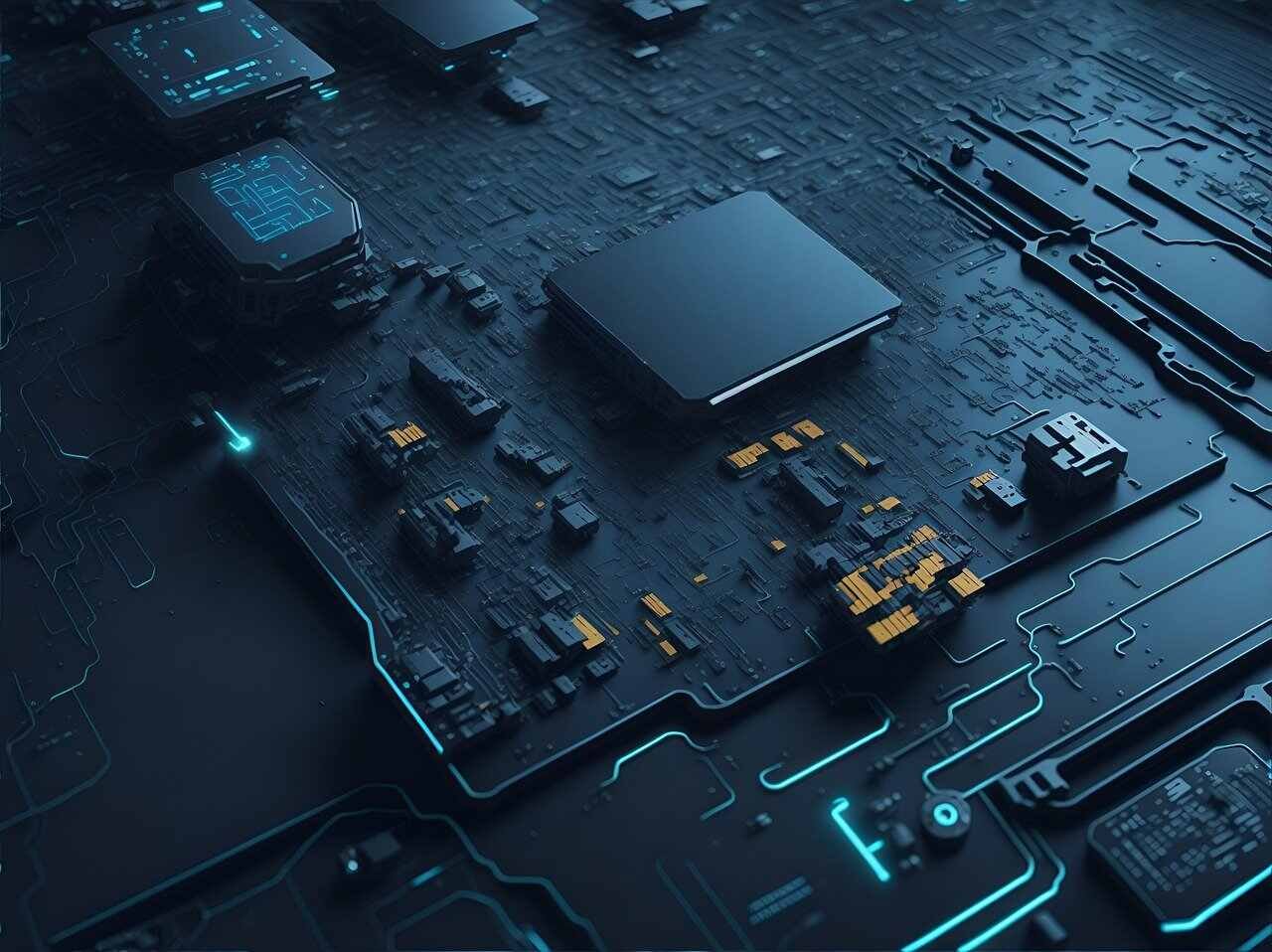[ad_1]
Key Takeaways:
- Akash Network has launched its Mainnet 6 upgrade, boosting GPU Decentralization.
- The Overclock Labs project allows anyone with a computer to become a cloud provider.
- Akash Network has already incorporated over 130 GPUs

YEREVAN (CoinChapter.com) — On Aug. 31, the Akash Network launched the Mainnet 6 upgrade, ushering in the world’s first decentralized GPU marketplace era. This development is a significant milestone as it arrives at a crucial juncture.
According to a recent Messari report, global GPU shortages have intensified due to surging demand for AI model training. Overclock Labs is the firm behind the Akash Network.
The Akash Network has experienced a remarkable surge just days after its launch. Messari charts reveal that its GPU capacity reached an impressive total of 130 GPUs.

This boost is attributed to Foundry, a prominent decentralized infrastructure operator responsible for the world’s largest Bitcoin (BTC) mining pool. Foundry has introduced a cluster of 48 NVIDIA A100s to the network, with a plan to add 16 NVIDIA H100s shortly, Messari explains.
Have a powerful GPU on your computer? You can earn passive income
As a startup, Akahs has devised a unique way to harness the power of computer graphics cards to help train artificial intelligence (AI) systems. This innovative concept lets computer owners earn money by renting out their unused GPU (graphics processing unit) power.
Data centers and anyone with a computer can become a cloud provider through the Akash Network’s cloud computing marketplace.
Many users have powerful GPUs on their computers. This is especially true for those in gaming or professions like graphic design. More often than not, a lot of the GPU power remains idle.
On the other hand, several companies or individuals that Train AI models require GPU Power to speed up the process. GPUs are excellent at handling the complex calculations AI training involves.
Akash connects people with spare GPU power to these companies or individuals who need it for AI training. In return for renting out their GPUs, these users earn cash through its in-house Akash Network (AKT) token.
At the time of writing, the AKT token was exchanging hands at $0.90, according to CoinMarketCap. While this may seem modest, it reached an all-time high of $8.08 in April 2021.

Based on the chart, the token has at least 90% rally room to reach its ATH from two years ago.
While Decentralization may seem complex, setting up a computer to participate is relatively straightforward. Users install the startup’s software, which allows Akash Network to tap into their GPU when it’s not in use. The software doesn’t interfere with regular computer activities or affect performance.
It comes as a win-win situation for both sides. Itt provides the much-needed GPU power to those in need while helping computer owners earn passive income.
Akash Network to Expand?
Despite being operational for just one week, the Akash Network’s GPU capacity is poised for potential expansion. In time, more providers may consider joining the network, further enlarging it.
An open-source network is important for the company to prevent a small group of major corporations from monopolizing these resources. Within the existing cloud market, dominance is concentrated in just four major providers — Amazon, Microsoft, Google, and Alibaba.
The exorbitant pricing imposed by these leading cloud providers remains challenging for the industry. With many of Akash’s data centers operating with substantial underutilization, Overclock Labs believes expansion won’t be difficult.
Greg Osuri, founder of Akash, hinted at Overclock Labs’ access to thousands of H100s and A100s. The company is committed to optimizing for a 70% and 90% utilization rate.

This incremental supply strategy and rising demand herald the future of the Decentralized GPU Marketplaces.
The Akash Network’s expansion and its commitment to affordability presents a compelling proposition for AI developers seeking GPU decentralization.
As the network continues to evolve and overcome adoption hurdles, it has the potential to disrupt traditional cloud giants and usher in a new era of decentralized cloud computing.
[ad_2]




